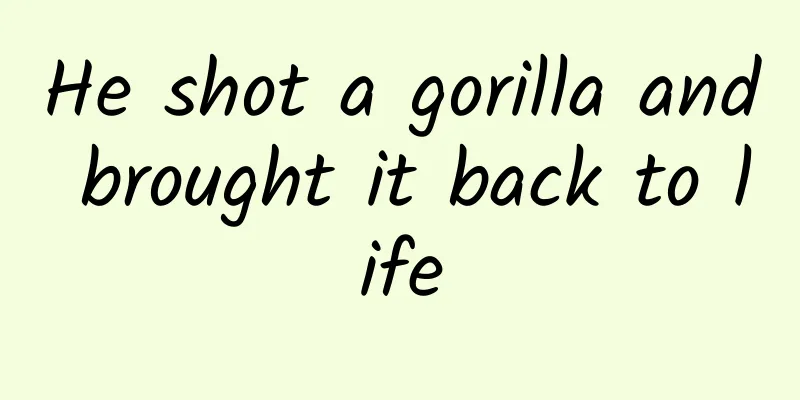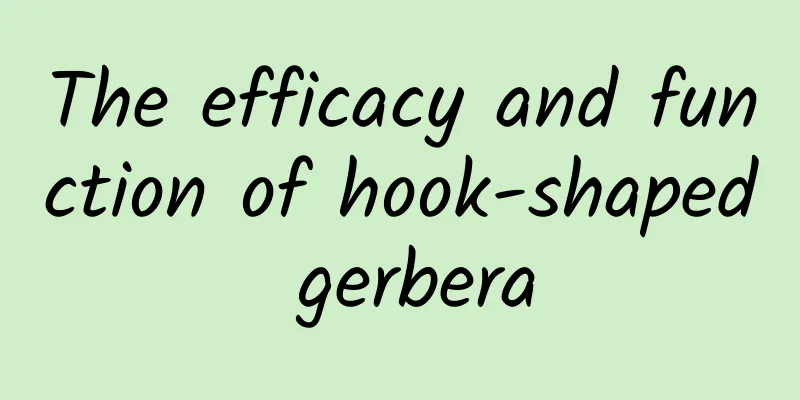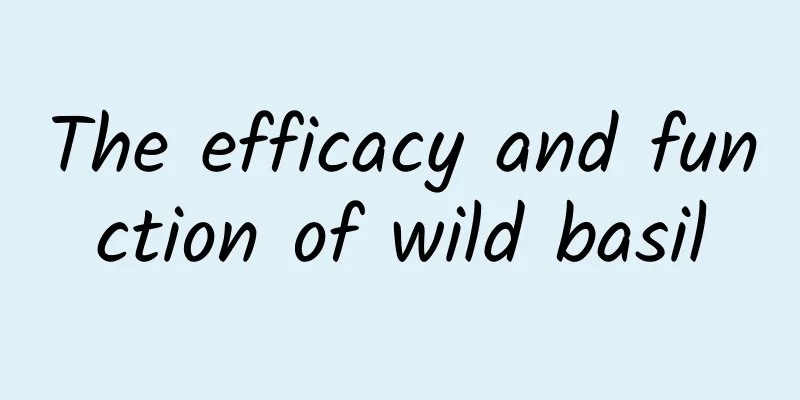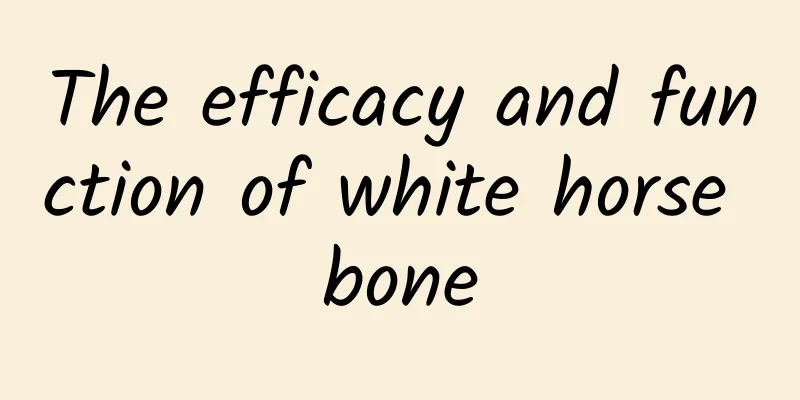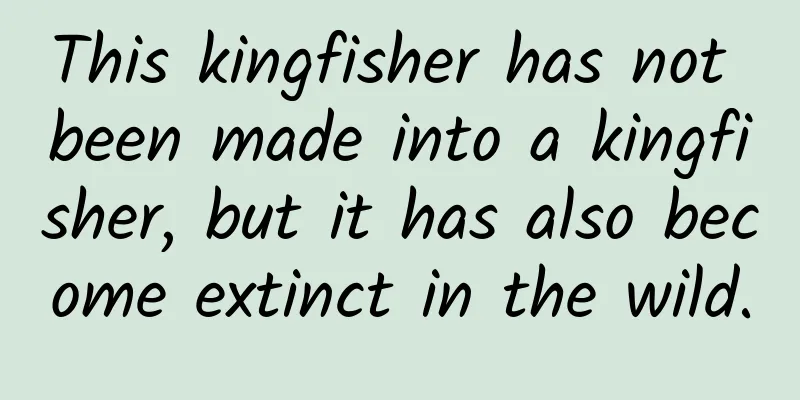The efficacy and function of winged stem bee grass

|
Only when we understand the main ingredients of any medicinal material can we better exert its efficacy and function. Here I recommend a very popular Chinese medicinal material, Butterbur. [Source] Medicinal material source: the whole herb of the plant Butterbur of the Melastomataceae family. [Original form] Subshrub or herb, about 20cm high. The base is essentialized; the stem is quadrangular, with narrow wings on the ridges, and the wing width is about 1mm. Leaves opposite; petiole 4-30mm long, densely pubescent, with wings about 1mm wide on both sides; leaf blade membranous or nearly papery, ovate or broadly ovate, apex acute or shortly acuminate, base rounded, oblique on one side, 2.5-4cm long, 1-2.5cm wide, margin finely serrated, tooth tip with 1 prickly hair, 6 palmate veins, 2 or 3 veins on each side of the midrib, leaf surface basal veins flat, sparsely covered with chaff, back basal veins raised, lateral veins unclear, densely covered with small glandular dots. The inflorescence is scorpion-shaped and grows at the top of the branches. There are 3-7 flowers, 1-3cm long. The peduncle is 1cm long or shorter, all glabrous and with narrow wings. The bracteoles are awl-shaped and about 3mm or less long. The pedicels are triangular, about 5mm long, and both have slight pubescence like the calyx. The calyx is tubular-funnel-shaped, about 8.5mm long, with long triangular lobes, acuminate at the apex, and about 3mm long. The petals are pink, long ovate, acuminate at the apex, about 9mm long and about 3mm wide. There are 3 stamens, filaments are about 3mm long (when in bud), anthers are about 5mm long, and the connective is not swollen. The ovary is urceolate, with a membranous crown at the apex. The capsule is obconical, with 3 edges, and is attached to the persistent calyx; the persistent calyx is glabrous, about 9mm long and 4mm in diameter, and the sepals usually do not fall off. The flowering and fruiting period is around August or October. [Habitat distribution] Ecological environment: Grown in moist soil on rocks or on the edge of pits under forests. 【Functions and indications】Detoxification and swelling reduction. Mainly for thrush; traumatic injury [Usage and Dosage] For oral use: decoction, 6-15g. 【Excerpt】 Chinese Materia Medica Through the detailed introduction to the effects of winged honeysuckle in this article, we can learn about the major effects of winged honeysuckle. These effects are indeed a good way to regulate the body for people with poor physical constitution and low resistance. Everyone can try it. |
<<: The efficacy and function of Chijinsan
>>: The efficacy and function of cassia root
Recommend
How effective is ginseng in replenishing qi?
Ginseng is a relatively precious Chinese medicina...
The "king of cholesterol" turns out to be this! If you don't want your blood lipids to rise, eat less of these 3 foods
Cholesterol is essential for the normal functioni...
What are the effects, functions and contraindications of maca?
Maca can help men increase the quantity and quali...
The world's first and only case! Ael subtype blood type discovered in Xiamen, rarer than "panda blood"
recently A man in Xiamen applied for blood typing...
The holiday "balance" is insufficient, please check this return safety reminder →
Tips: Your vacation balance is insufficient. As t...
Migratory locusts: They can run marathons and also love to race 100 meters
Do you remember the global locust plague in early...
Benefits of Alfalfa
Alfalfa, as a health-care herb, has actually beco...
Are healthy snacks making you fatter? Here are the top ten "confusing snacks"
The weather is getting colder recently. Do you fe...
Can you buy near-expiry food at a 10% discount? Is it safe?
Hello, this is Science Popularization China. When...
World Prematurity Day丨The incubator that saves tens of millions of premature babies every year was originally a display cabinet
Premature birth is the leading cause of neonatal ...
The efficacy and function of mountain spinning top
Mountain spinning top is a medicinal material tha...
Australian seaweed: A tiny "grass" becomes a large organism
If you ask which animal in nature is the largest,...
Academician Zhang Boli has maintained this habit for 20 years: walking 7,000 steps a day is best!
Reviewer of this article: Chen Haixu, Deputy Dire...
8 common misconceptions about exercise, how many of them do you have?
These common habits related to exercise are actua...
Ouch, my old waist! These exercises are the most harmful to your waist. Have you done them?
Audit expert: Peng Guoqiu Deputy Chief Physician,...

